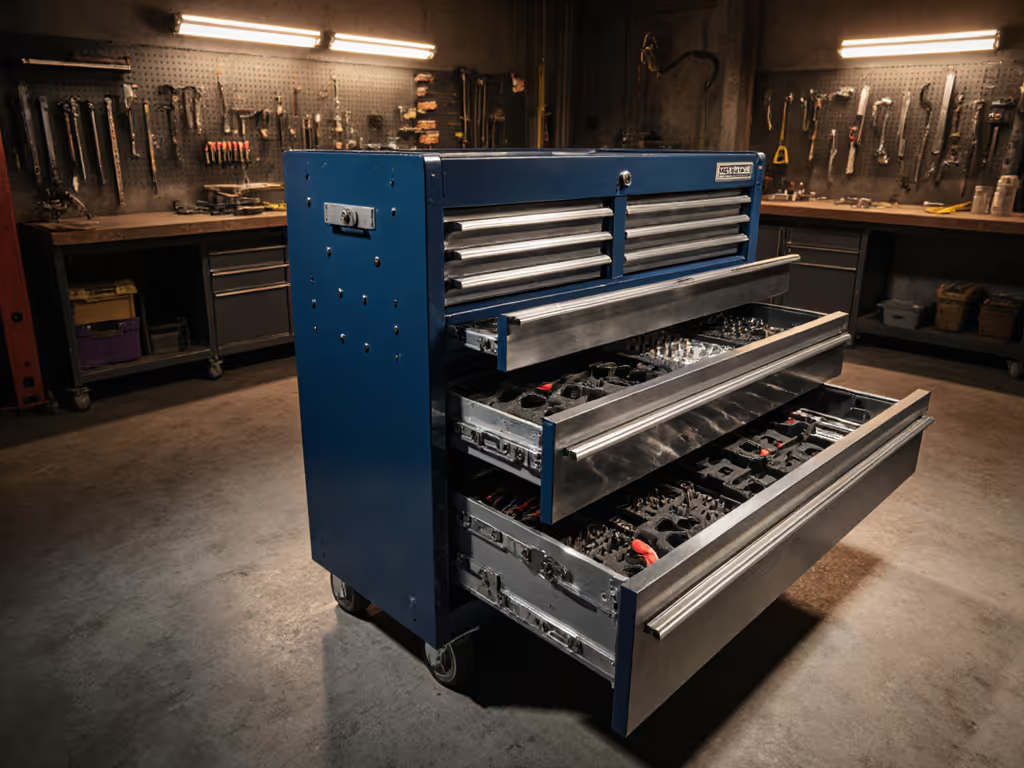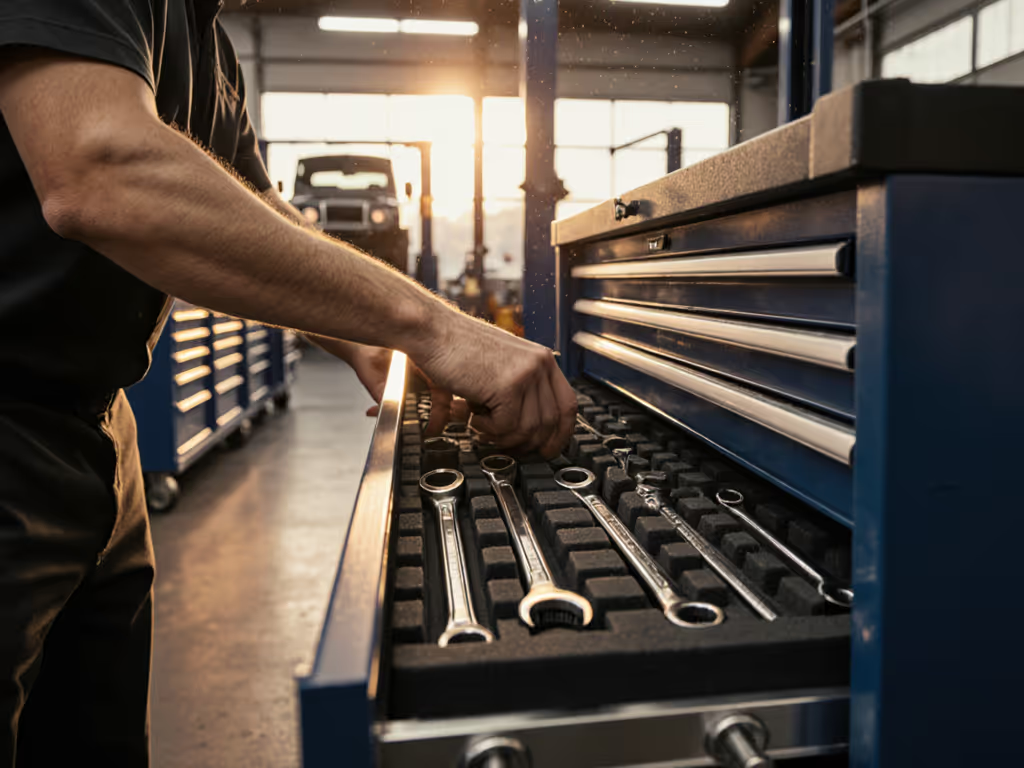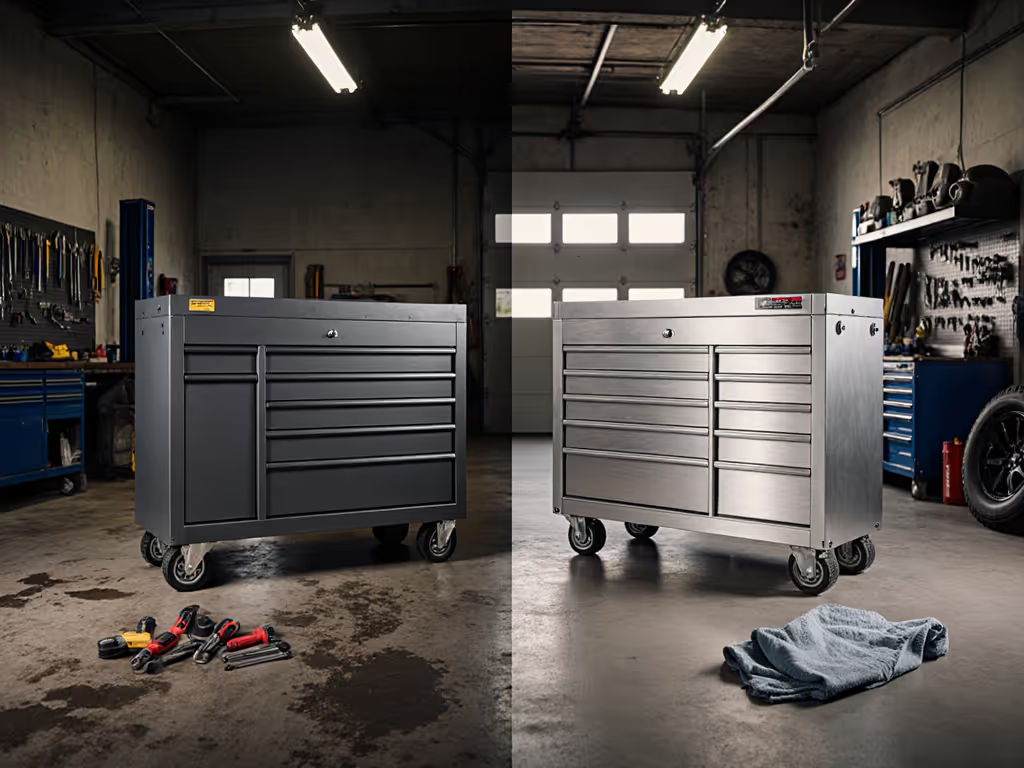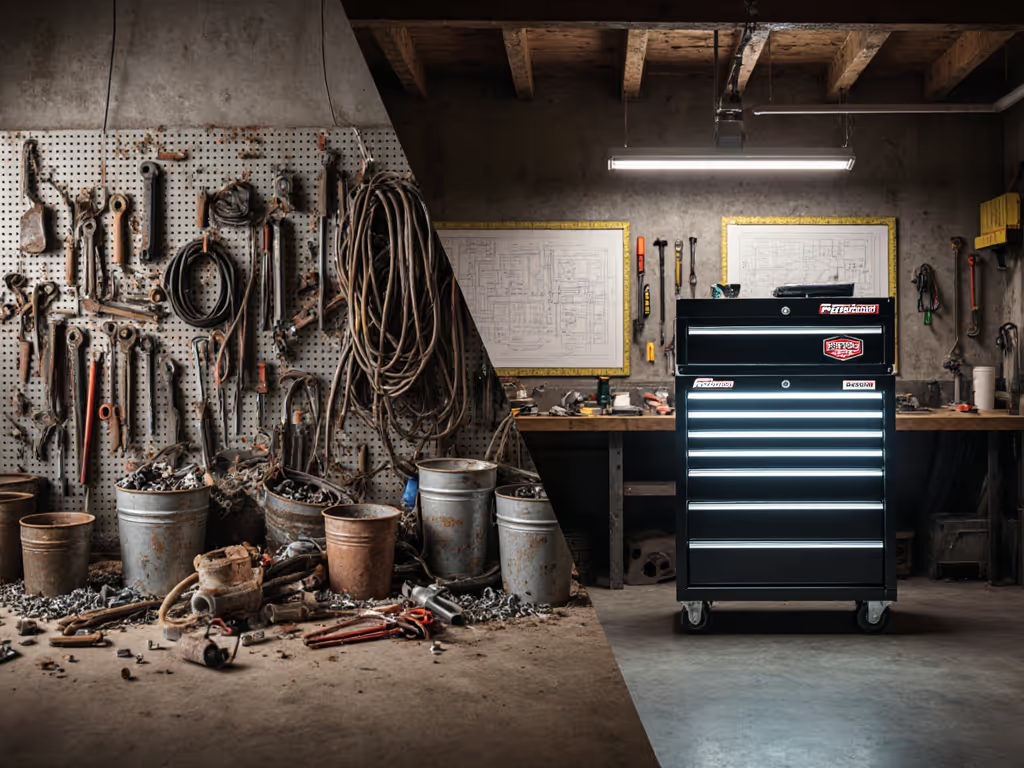
Tool Chest Large Capacity: Truth Beyond Marketing Claims
Learn how to calculate true, usable drawer space - not inflated cubic‑inch claims - and prioritize features like full‑extension slides, stability, and cycle ratings to cut retrieval time. A quick audit guides you to storage that boosts throughput and uptime instead of wasting budget on empty volume.



